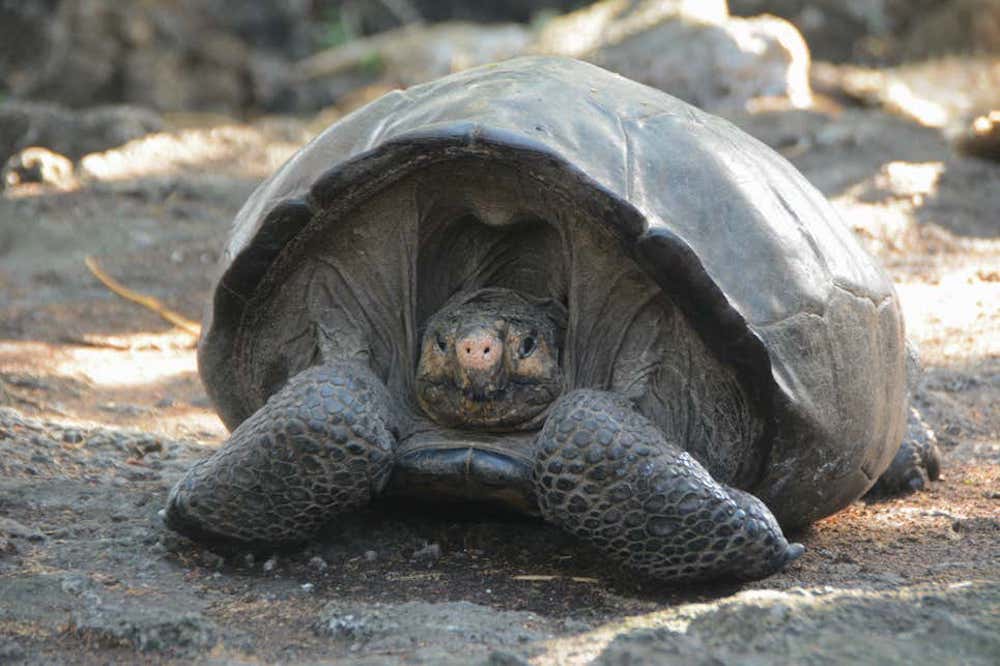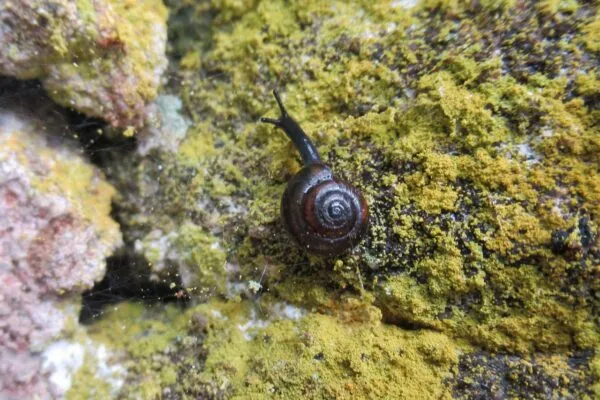Extinct ‘Fantastic Giant Tortoise’ Now Confirmed Alive After a Century
Biologists found a female of the ‘fantastic giant tortoise’ species, which was believed to be extinct for a century, on the Galapagos island of Fernandina

Image: New Scientist
Nature always proves that it’s beyond our understanding, while mankind continues to find its mysteries through scientific ways. A rediscovery of Galápagos species, the ‘fantastic giant tortoise,’ has left everyone amused. It is because this species was declared extinct a century ago. But biologists have found a female giant tortoise, named Fernanda (after the Fernandina Island, Ecuador) chilling on the Galapagos island of Fernandina.
In 2019, biologists found Fernanda on the westernmost island in the archipelago. She is the only second tortoise located on the island after a single one was found in 1906. Since tortoises cannot swim but only float, Fernanda could have floated over in a storm or been moved by humans from a nearby island.
As the neighboring islands also have many other giant tortoise species, researchers were not sure which species they found. It was also because she didn’t have the distinct saddleback-shaped shell that the 100-year-old male specimen had.

Image: Gizmodo
For identifying the tortoise species, Stephen Gaughran from the Princeton University in New Jersey along with his colleagues compared her DNA to the familiar Galapagos tortoises. They took Fernanda’s blood sample and a bone sample of the male specimen that’s now displayed in a museum. After the close match of their genes, the research team confirmed that they knew that the found giant tortoise is none other than Fernanda.
Now Gaughran and her team hope to find other giant tortoises out there on the island. But the truth is that there are not many of them. Scientists can find a male from the same species, the fantastic giant tortoise may have a chance to breed again while leaving the label of extinction away.
Sadly, the number of giant tortoises on the Galápagos Islands is only decreasing due to exploitation by buccaneers (pirates) and whalers. Now their population is only between 200,000 to 300,000 individuals. These numbers are around 10% to 15% less than what they used to be before the 19th century.
Via: Gizmodo


